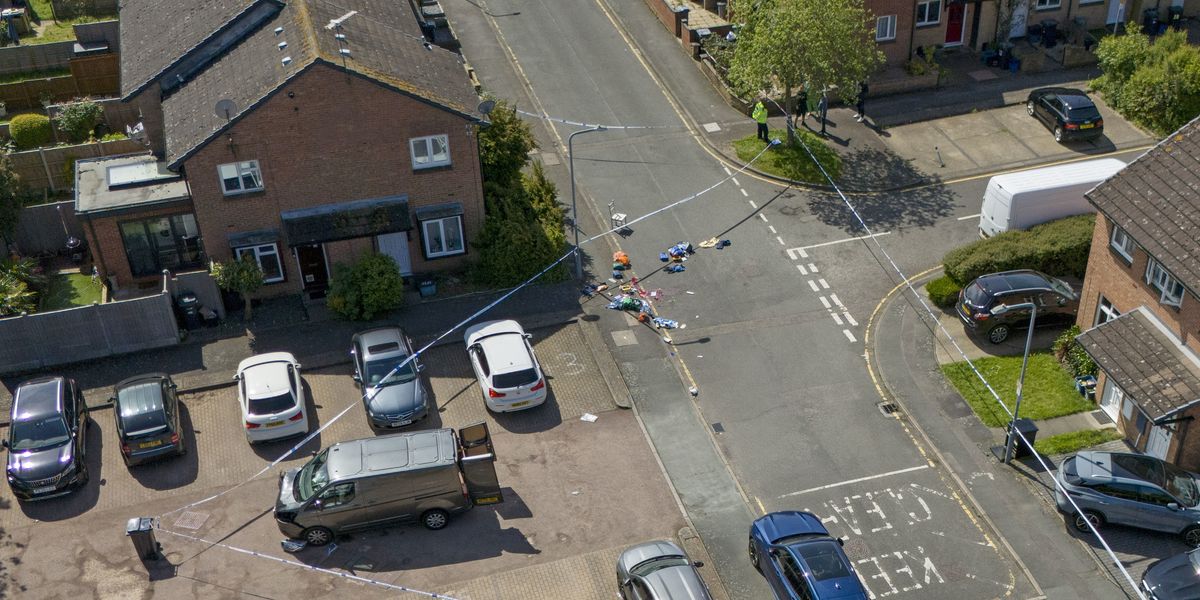They were celebrated as “ye country comets” by the poet Andrew Marvell but glowworms are defying light pollution to still shine their lights in the city of London.
Now volunteers and enthusiasts are being sought to count and save the much-celebrated but declining beetles, whose females emit a remarkable bright green bioluminescent beam to attract males.
London Wildlife Trust is launching a project to better understand where glowworms (Lampyris noctiluca) endure in the capital, alongside a captive-breeding trial that could boost numbers at sites where they are found.
Its conservationists were surprised when initial research revealed unexpected glowworm strongholds in all corners of the city. Hotspots include a railway embankment in Hornchurch in east London, the chalk downland of Hutchinson’s Bank in the south, and other sites in the western borough of Hillingdon.
But their survival is at risk with the spread of LED lights and the development of brownfield land within the capital.
“Seeing bioluminescence in London is quite bizarre, it’s almost otherworldly,” said Matthew Frith, of London Wildlife Trust. “The fact that there is a small but diverse group of animals sharing our world that have the ability to generate light – it’s like magic. It’s a chemical reaction that’s strange and wonderful.”
The trust hope that its Wild Lights of London project will shed light on the elusive beetles’ remaining strongholds, with volunteers asked to help search for both adults and larvae. The beetles remain in the larval stage for between two and four years.
Glowworms are under pressure from light pollution, with LED light rendering the glowing females invisible to males. Habitat loss has also contributed to their disappearance, with the beetles favouring rough calcium-rich grassland where there are lots of snails and other molluscs, which are preyed upon by the voracious larvae.
Global heating is also a challenge because droughts reduce the abundance of snails.
If the trust discovers enough larvae, it plans to take some into captivity and rear them for release into the sites where they are found. The briefly captive glowworms could also be shown to schoolchildren.
“We hope to get to having some glowing females in captivity as an educational resource to inspire awe and wonder but we don’t want to prevent any glowing females from being mated in the wild,” said Frith.
“The bottom line is to get a better picture of their distribution and abundance around London. We think there are places in London where we should be pushing for less artificial light to benefit glowworms and other nocturnal species and also give urban people the opportunity to see the night sky.”
https://www.theguardian.com/environment/2023/sep/09/glowworms-conservation-wild-lights-of-london





